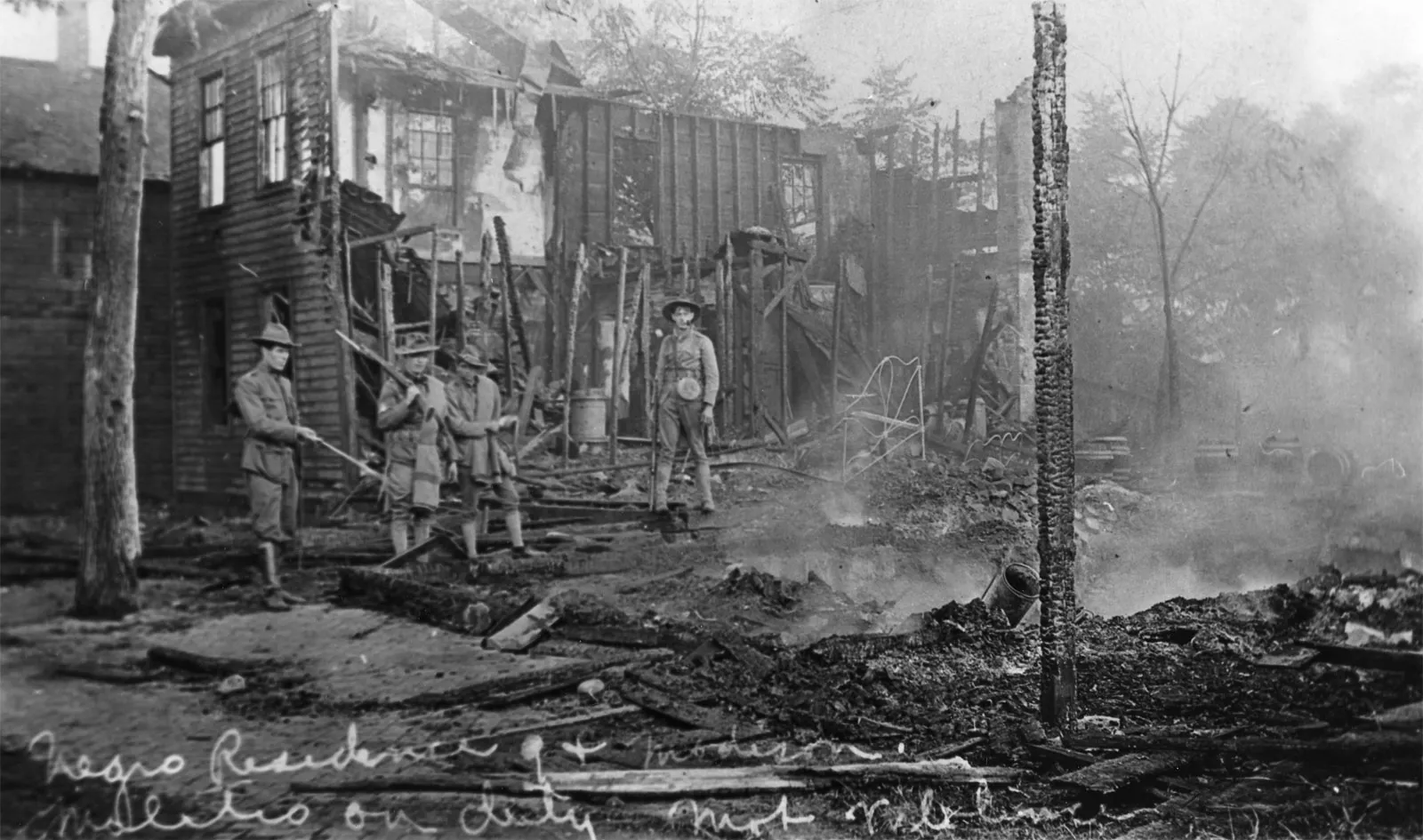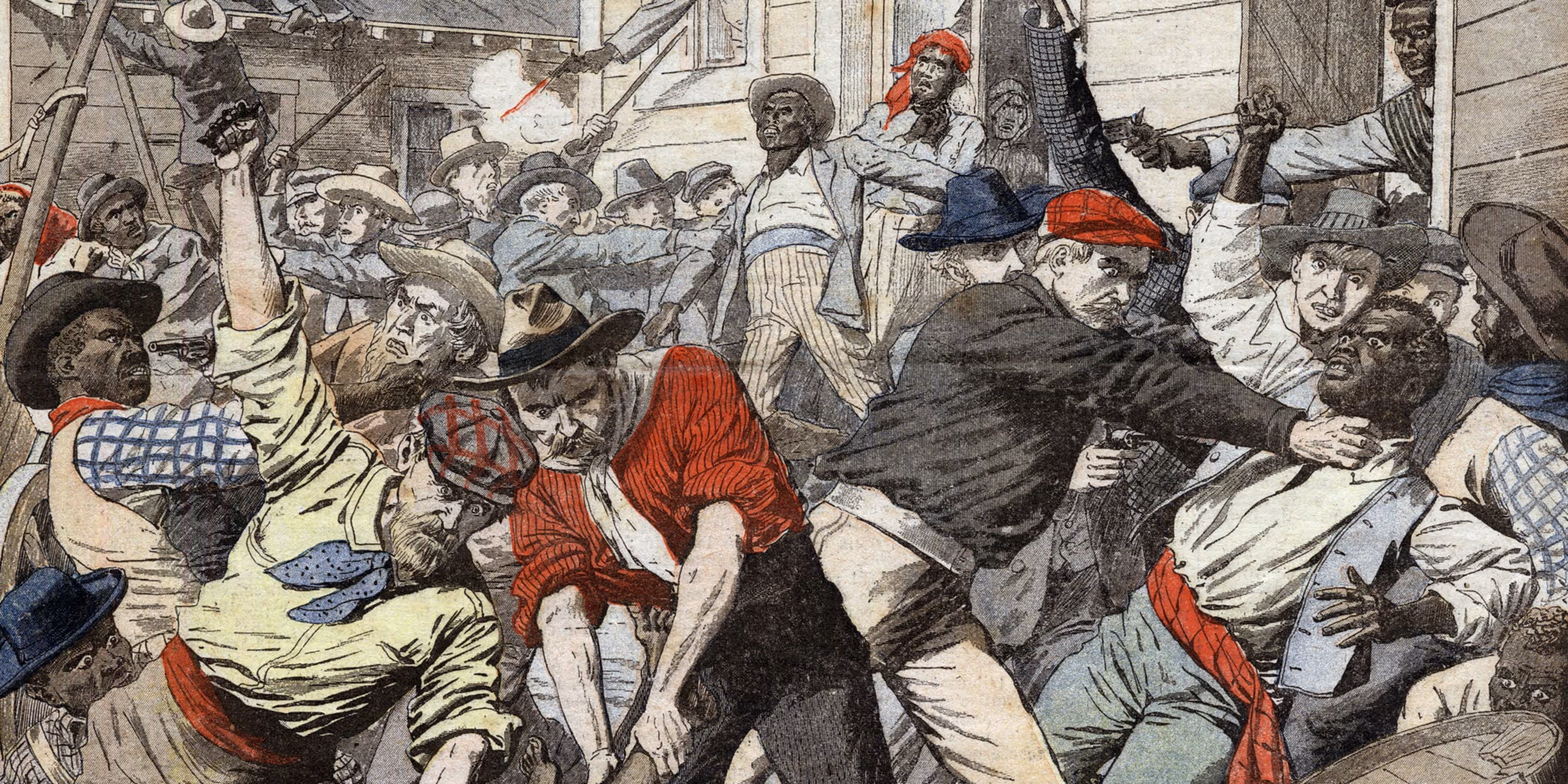Atlanta Race Massacre Begins

On September 22, 1906, sensational false reports of assaults by Black men helped ignite white mob violence in Atlanta.
What Happened?
At the turn of the century, Atlanta grew fast: more people, more jobs, more competition. The city’s Black population rose from about 9,000 in 1880 to roughly 35,000 by 1900, building churches, schools, newspapers, and thriving businesses.
As Black economic and political power grew, so did white backlash. Jim Crow segregation spread, and city leaders pushed rules to keep Black Atlantans 'in their place.'
In 1906, two newspaper-owning candidates—Hoke Smith (Atlanta Journal) and Clark Howell (Atlanta Constitution)—fueled a governor’s race by promising to block Black voting. Their papers and others ran sensational stories alleging attacks on white women by Black men.
On Saturday afternoon, September 22, papers splashed four alleged assaults across extra editions. None were substantiated, but the headlines did their damage: by evening, thousands of white men and boys had gathered downtown.
The crowd became a mob. They stormed Decatur Street and nearby blocks, smashing Black-owned businesses—including Alonzo Herndon’s barbershop—pulling Black riders off streetcars, and beating people in the open. Killings followed.
Around midnight, the militia was called and streetcars halted, but the mob scattered only when heavy rain began in the early morning hours. The city was placed under military control.
Violence continued into Sunday and Monday. White vigilantes raided Black neighborhoods; in Brownsville, a heavily armed Black community, residents prepared to defend themselves. A police raid sparked a shootout and mass arrests of more than 250 Black men.
Official reports lowballed deaths (some said 12 to 25). Later research suggests the toll may have been far higher, with dozens—possibly up to 100—Black Atlantans killed and many more injured.
The massacre reshaped lives and leadership. A 13-year-old Walter White witnessed the terror; he later became head of the NAACP. W.E.B. Du Bois responded with “A Litany of Atlanta,” capturing grief and rage in poetry.
Despite devastation, Black Atlanta rebuilt. Sweet Auburn Avenue grew into a powerhouse business corridor—nicknamed “the richest Negro street in the world”—and the city became a cradle for civil rights leadership in the mid-20th century.
Why It Matters
The 1906 Atlanta Race Massacre shows how lies, politics, and prejudice can become deadly. It also shows how communities endure, organize, and rise again. Remembering the truth—names, places, causes, and consequences—is part of building a safer, more honest democracy.
?
How did election-year politics and newspaper sensationalism fuel the violence in 1906?
Why were Black economic gains and civic participation seen as a threat to white supremacy?
What do differing death counts tell us about whose stories get recorded—or erased?
How did leaders like Walter White and W.E.B. Du Bois turn trauma into activism and cultural memory?
What parallels exist between 1906 media fearmongering and modern misinformation—and how can communities respond?
Dig Deeper
How the massacre reshaped Atlanta’s geography, economy, and politics—and why many never learned about it.
Historians examine the causes and lasting impact of the massacre, from media hype to political opportunism.
Related

The Wilmington Coup: When Democracy Was Burned Down
In 1898, Wilmington, North Carolina had a thriving Black middle class, a multiracial government — and then a white mob overthrew it. Armed. Organized. Violent. This was no riot. It was a coup.

The Civil Rights Movement: Struggle, Solidarity, and Social Change
From classrooms to courthouses, buses to bridges, the Civil Rights Movement reshaped America’s laws — and its conscience.

The Tulsa Race Massacre: Black Wall Street Burned
Greenwood was known as Black Wall Street—until a white mob burned it to the ground. The Tulsa Race Massacre wasn’t a riot. It was a coordinated attack. And it was nearly erased from history.
Further Reading
Stay curious!

